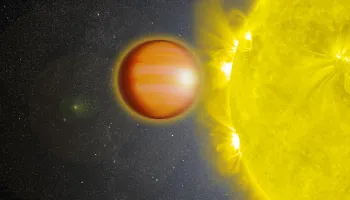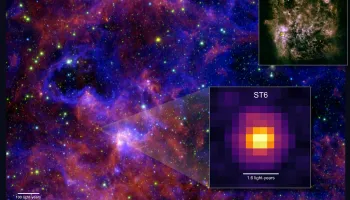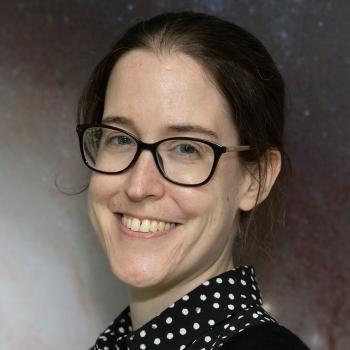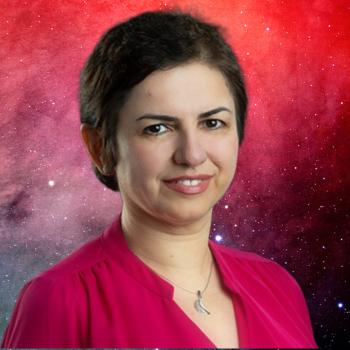Galaxies
While we believe that we understand the basics of how galaxies form and evolve, many key questions remain unanswered. We know that stars back-react on their galaxies via so-called feedback mechanisms, but how do they work in detail? How can feedback launch galactic winds, and are they helped by less explored processes such as cosmic rays and magnetic fields? Black holes clearly play an important role as well, but how do they grow within their galaxies?
UMD astronomers address these questions by collecting data with the world’s foremost telescopes, for example, by using NASA’s James Webb Space Telescope to observe galactic winds. They are also developing new instruments for NASA, such as the PRobe Far-Infrared Mission for Astrophysics (PRIMA). On the theoretical side, many UMD astronomers run and analyze supercomputer simulations of galaxy formation, ranging from highly detailed simulations of individual forming stars to the largest, cosmological scales.
Related News
Connected Researchers
Graduate Student
Faculty Assistant
Assistant Research Scientist
Professor
Graduate Student
Graduate Student
Assistant Professor
Graduate Student
Graduate Student
Professor
Graduate Student
Graduate Student
Visiting Assistant Research Scientist
Graduate Student
Visiting Assistant Research Scientist
Graduate Student
Professor
Graduate Student
Graduate Student
Post-Doctoral Associate
Research Scientist
Graduate Student
Professor
Graduate Student



























